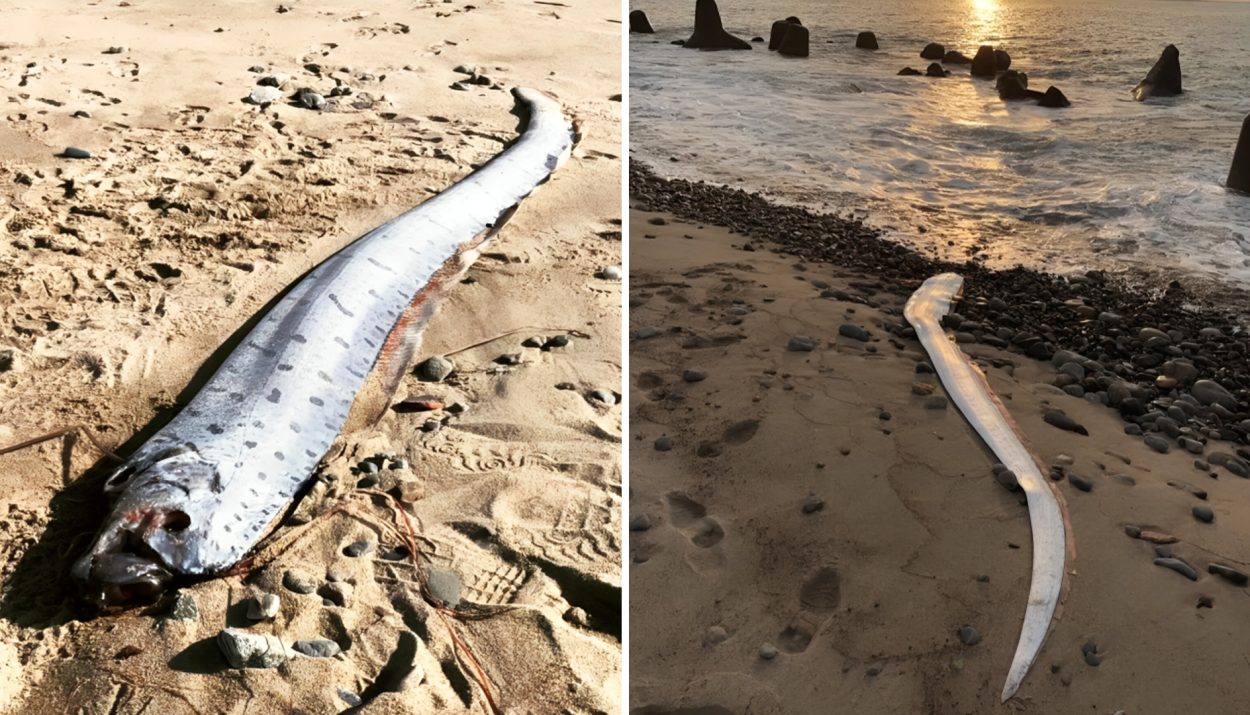Shortly before the deadly earthquake that hit Taiwan on April 3, 2024, fishermen caught a “doomsday” fish. This particular type of marine animal is said to surface only in the wake of a natural disaster.
Caught in the Philippines, the doomsday fish could have signaled about the most destructive earthquake to hit Taiwan in 25 years.
Oarfish – The Deep-Sea Inhabitant
Oarfish is a type of marine animal that inhabits depths of about 3,300 feet. That’s one of the main reasons why its surfacing is considered a rather strange phenomenon.
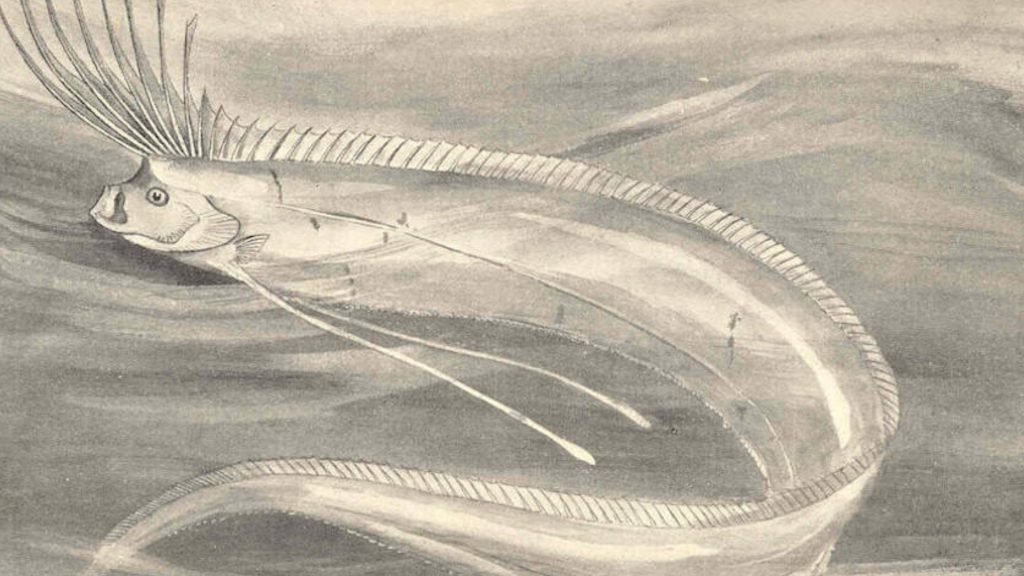
One Japanese legend may have the explanation. According to the story, seismic activity forces the fish to the surface, which is why it’s been perceived as a natural disaster messenger.
Large Oarfish Caught in the Philippines
On Tuesday, a day before the devastating earthquake, Philippine fishermen caught a large oarfish close to Kalanggaman Island.

The island is located about 900 miles south of the earthquake’s epicenter. Brenjeng Caayon, the man who caught the fish, is confident that the oarfish emergence is far from a coincidence.
30 Hours Later, Disaster Strikes
Approximately 30 hours after the catching of the five-feet-long fish, Taiwan was hit by an earthquake measuring 7.4 on the Richter scale.
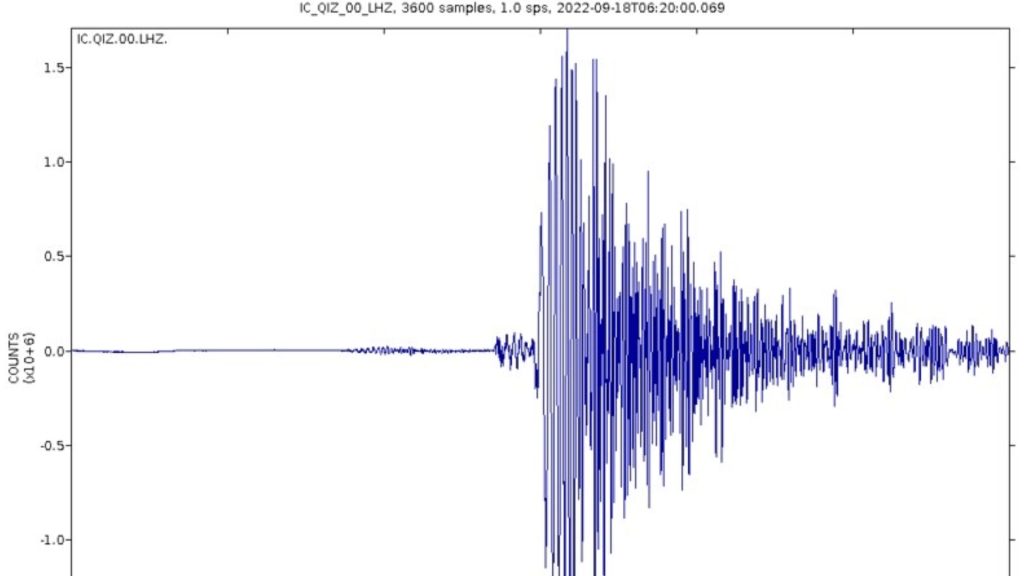
Reports suggest that the earthquake has killed nine people and it has injured at least 960 others. Numerous buildings collapsed, meaning that the number of injured people and casualties could increase in the coming days.
Doomsday Fish, the Scientific Explanation
Legends and myths are often grounded in science. At least that’s what one researcher who has looked into the doomsday fish topic believes.

Ecological seismologist Kyioshi Wadatsumi has told media that deep-sea fish exhibit a high level of sensitivity towards movements in active underwater seismic faults.
Is There Really a Connection?
The topic is so fascinating that it has actually warranted some scientific research through the years. Did other scientists confirm Wadatsumi’s claims?

In 2019, the Bulletin of the Seismological Society of America looked into the topic. The report, however, established no connection between earthquakes and the surfacing of doomsday fish.
Oarfish Have Made an Appearance Before Many a Disaster
The Taiwan earthquake isn’t the only example of oarfish being caught shortly before a natural disaster strikes.

Reports link the emergence of doomsday fish to the 2011 earthquake in Japan. It’s perceived as one of the most catastrophic seismic episodes in the history of the country. Anecdotal evidence suggests that more than 200 doomsday fish were caught shortly before the ground tremors started.
The Origin of the Legend
Myths surrounding the appearance of oarfish are widespread across the world. Folklore research suggests that the original anecdote comes from Japan.
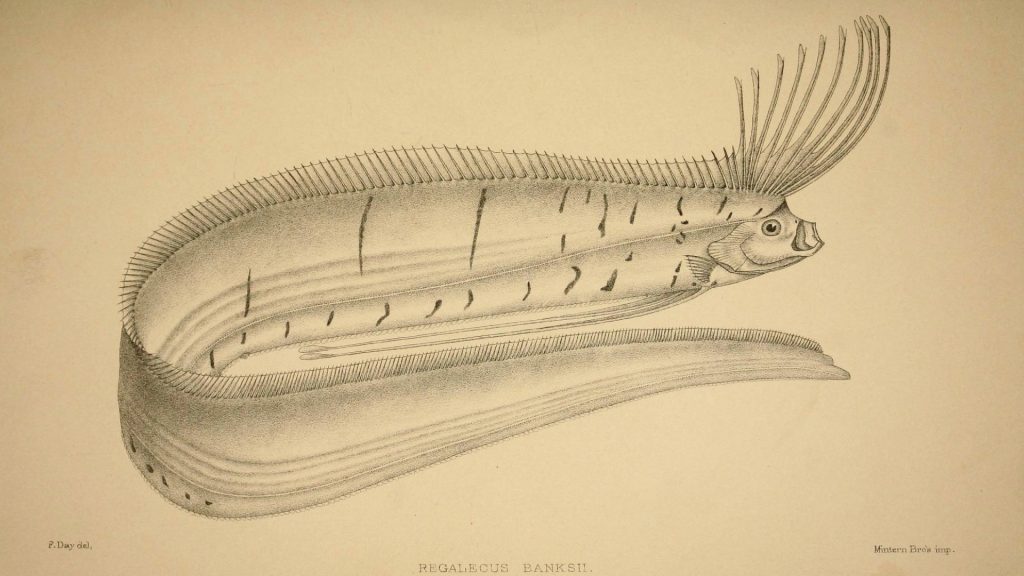
During the 17th century, oarfish was called ryugu no tsukai or “messenger from the palace of the sea god.” At that time, Japanese believed that sea deities made the fish rise to the surface as a natural disaster harbinger.
Unfounded Fears
Since 2011, oarfish have been discovered on beaches across the world – from the Philippines to the US. On several occasions, divers have also recorded oarfish emerging to the surface before going back to the depth of the ocean.

These appearances sparked worries and concerns. In most of these situations, however, the fear proved to be completely unfounded.
Japanese Researchers End the Myth Once and for All
Even Japanese researchers have worked on the doomsday fish theory. They went on to conduct a massive study, looking for evidence of natural disasters occurring after the emergence of the fish.
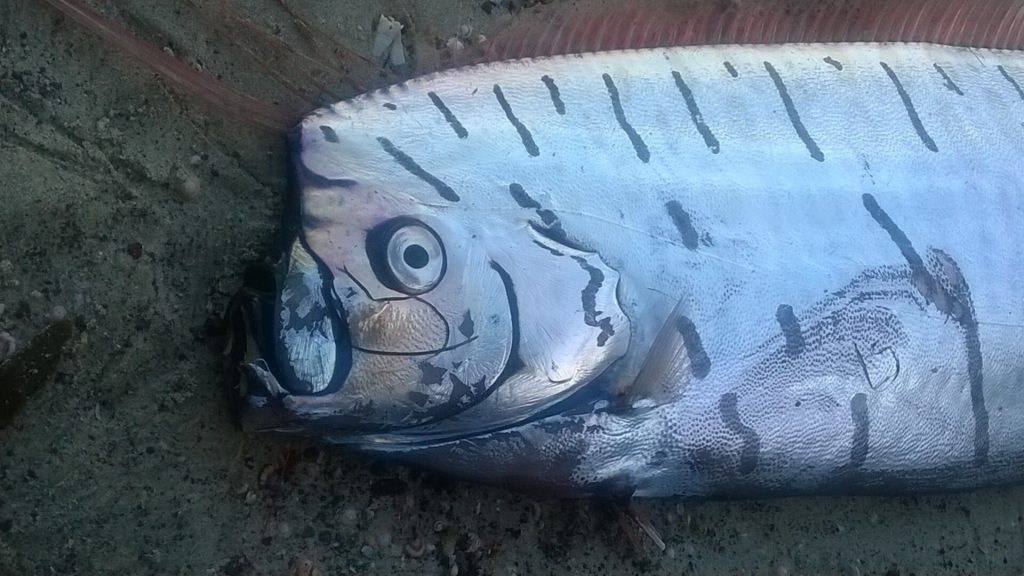
The team looked at historic records and data going back to the 1920s. They failed establishing a correlation between the surfacing of oarfish and earthquakes. Regardless of such scientific findings, the doomsday fish is still prominent.
Why Do Oarfish Come to the Surface?
If earthquakes aren’t the trigger, what’s the reason behind the deep-see dweller’s emergence on the surface of the ocean?

That interesting question hasn’t been answered yet. In a 2018 study, researchers established a correlation between El Nino years and the emergence of oarfish. El Nino makes water temperature higher than usual. The phenomenon also makes the bottom of the ocean colder than it typically is, which may prompt oarfish to move upward.
Looking for Order and a Sign from the Gods
While the world is moving towards better scientific explanations for various phenomena, superstitions and myths still abound. Social studies professionals have been looking for the reason behind their perseverance.

Zoologist Rachel Grant believes people continue believing the legend because it guarantees some level of predictability, a promise of order in the middle of chaotic events. For many, it’s a coping mechanism to rationalize terrible events and their devastating consequences.
Other Animals Predicting Earthquakes
Doomsday fish aren’t the only ones that have become popular natural disaster messengers.

Throughout history, people have tried to link odd animal behavior to seismic activity. Roman author Aelian (third century) wrote about mice and beetles that fled Greek lands before an earthquake. Primates in zoos across the world have been observed for some odd behavior shortly before earthquakes.
Some Truth in Those Myths?
The United States Geological Survey suggests that the behavior of some animals could indeed be used to predict upcoming earthquakes.

Animals like rats are recognized for their keen senses. There have been multiple accounts of rats fleeing their homes shortly before the occurrence of an earthquake. USGS, however, reports that a lot more research will need to be done before such signals start being considered reliable predictors.
We Still Don’t Know a Lot about the Behavior of Oarfish
Doomsday fish remain a mystery, mainly because of their habitat and the fact that the deep-sea dwellers don’t come to the surface often.
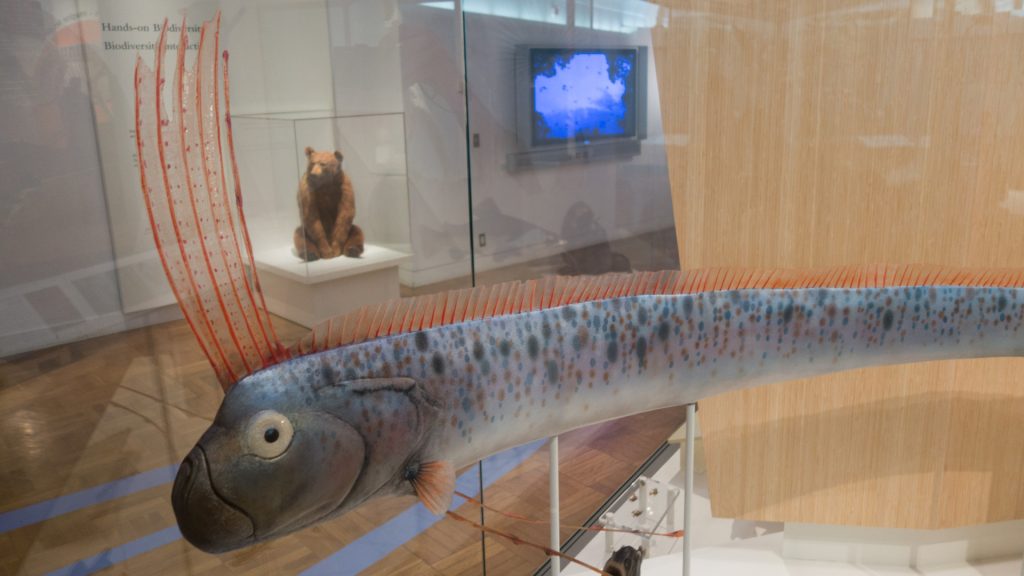
We know that oarfish can switch from swimming vertically to swimming laterally. They also employ a clever type of camouflage that makes them virtually impossible to spot in their natural habitat. A lot about the life cycle and the behavior of these ocean giants is still unknown, however. Marine biologists will need to carry out extensive additional research on this fascinating species – a task that proves to be exceptionally hard at the time being.

